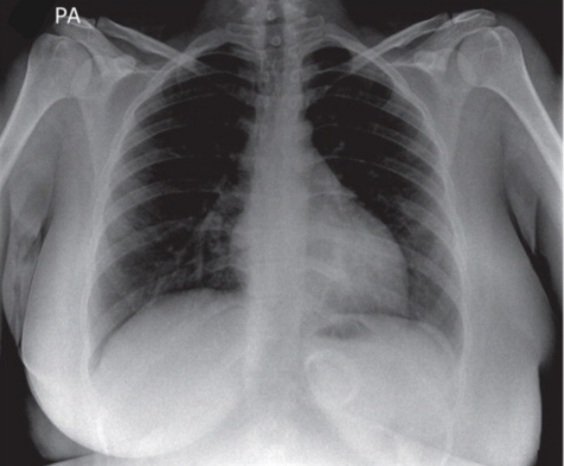
●M.D. RADIOLOGIST ●PERSONALIZED MEDICINE EXPERT ●MEMBER 𝓸𝓯 IDRA ●امید بندرچی
How to get URL link on X (Twitter) App


 🛑Comment for Tweet of physiologic curves:
🛑Comment for Tweet of physiologic curves:

 🛑Comment for the tweet of Pilon Fx:
🛑Comment for the tweet of Pilon Fx:

 🛑Comment 1 🧵
🛑Comment 1 🧵

 Comment 1 for Tweet of PFF
Comment 1 for Tweet of PFF

 Remark 1
Remark 1

 Hint👉 This case has a clear-cut answer. I mean if you spot the abnormality correctly ,you already know how to manage this patient.
Hint👉 This case has a clear-cut answer. I mean if you spot the abnormality correctly ,you already know how to manage this patient.

 🔴Part 1
🔴Part 1
 Hint👉 I wanted to discuss about this subject and I incidentally encountered this case! Honestly speaking it's not complicated case ,but the question is worthy of noticing!
Hint👉 I wanted to discuss about this subject and I incidentally encountered this case! Honestly speaking it's not complicated case ,but the question is worthy of noticing!